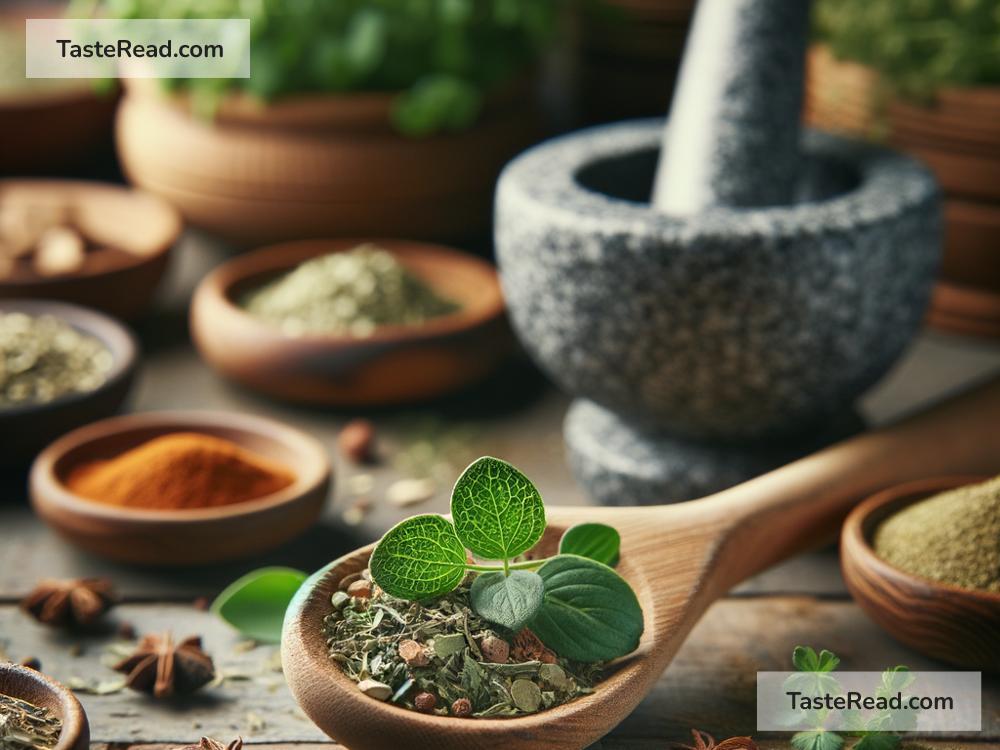Infusing Nature’s Bounty into Your Kitchen: A Guide to Using Wildcrafted Spices
In a world where sustainability is becoming not just a choice but a necessity, the way we source our ingredients and cook our meals is evolving. Among the myriad of ways to reduce our ecological footprint, incorporating wildcrafted spices into our low-impact recipes stands out as a delightful journey back to nature’s own flavors and scents. Here’s how you can bring the wild into your kitchen with conscious cooking.
What Are Wildcrafted Spices?
Before we dive into the “how,” let’s understand the “what.” Wildcrafted spices are those collected from their natural, unspoiled habitats. Unlike their commercial counterparts, these spices are not farmed but gathered from the wild, offering a bouquet of flavors and aromas that have been nurtured by nature itself. From the deep earthiness of wild sage to the vibrant heat of wild chili peppers, these natural treasures bring an untouched essence to your dishes.
Why Choose Wildcrafted Spices?
The allure of wildcrafted spices doesn’t just lie in their unforgettable flavors but also in their ecological footprint – or, more accurately, the lack thereof. Harvesting spices from the wild, when done sustainably, requires no agricultural inputs like water, fertilizers, or pesticides. This means the landscapes remain as untainted canvases of biodiversity, and our meals become a celebration of this purity.
How to Incorporate Wildcrafted Spices into Your Cooking
-
Start Small: If you’re new to wildcrafted spices, begin by introducing them into familiar dishes. A sprinkle of wild thyme can add a whole new dimension to your favorite soup, and a touch of wild garlic can transform an ordinary salad into a forager’s delight.
-
Flavor Pairings: Wildcrafted spices often have robust flavors. Pair them thoughtfully with ingredients that complement or contrast their intensity. For instance, the slight bitterness of wild dandelion pairs beautifully with sweet, earthy root vegetables.
-
Sustainability First: With wildcrafted spices, it’s vital to source from suppliers who prioritize sustainable harvesting. This ensures that our culinary explorations do not compromise the ecosystems from which these spices are drawn.
-
Preservation Techniques: To keep their flavors as vibrant as when they were first picked, learn how to preserve wildcrafted spices. Drying is a common method, but freezing or making infused oils can also capture the essence of fresh, wild flavors year-round.
Low-Impact Recipe Ideas with Wildcrafted Spices
To get you started, here are two simple recipe ideas that highlight the beauty of incorporating wildcrafted spices into your cooking.
Wild Herb Pesto
- 2 cups of fresh wild greens (like nettles, dandelion, or wild garlic)
- ½ cup olive oil
- ¼ cup nuts (pine nuts, walnuts, or almonds)
- ½ cup grated Parmesan cheese (optional for a vegan version, use nutritional yeast)
- Salt and pepper to taste
- A splash of lemon juice
Blend all the ingredients until smooth. Wild herb pesto is perfect for pasta, as a spread on sandwiches, or as a flavorful addition to salads.
Spiced Wildberry Compote
- 2 cups wild berries (such as raspberries, blackberries, or mulberries)
- ¼ cup water
- 2-4 tablespoons honey or maple syrup (adjust according to the sweetness of the berries)
- 1 teaspoon wildcrafted spice (wild cinnamon or wild vanilla)
In a saucepan, combine berries, water, sweetener, and your choice of wildcrafted spice. Bring to a simmer and let it cook until the berries break down and the mixture thickens. This compote makes a fantastic topping for pancakes, oatmeal, or yogurt.
Bringing It All Together
Incorporating wildcrafted spices into your meals is not just an act of cooking. It’s a small, deliberate step towards a more sustainable lifestyle—a way of honoring the earth’s natural gifts and reducing our environmental footprint, one flavorful sprinkle at a time. As we reconnect with the wild flavors that nature offers, we’re reminded of the simple, beautiful fact that the best ingredients are often those nurtured by mother nature herself.
Wildcrafted spices invite us into a world where food is more than sustenance; it’s a connection to the land, the ecosystems, and the intricate web of life. As we explore these vibrant flavors in our low-impact recipes, we become part of a bigger story—one of respect, mindfulness, and eco-conscious eating. So, let’s turn the act of cooking into a tribute to the wild, one dish at a time.


